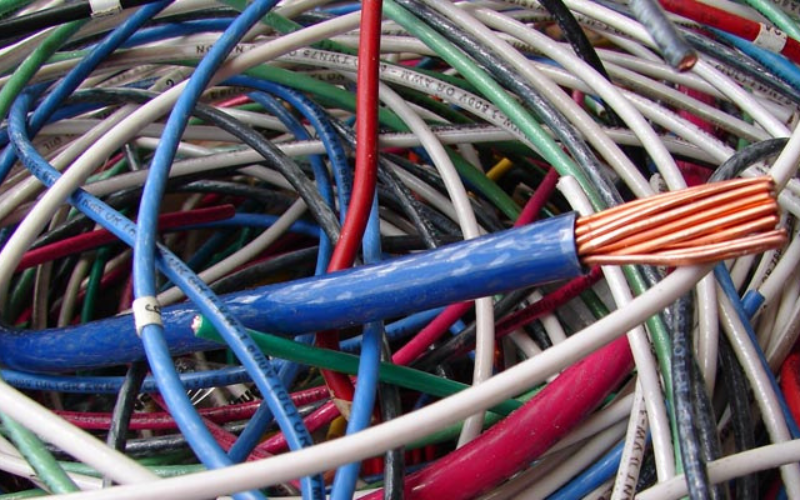The evolution of HVAC systems has been a testament to technological advancements, aiming to enhance efficiency, comfort, and sustainability. Among the crucial components, the When Did C-Wires Become Standard (common wire) stands as a fundamental necessity for modern HVAC systems. Understanding its origin, development, and the point at which it became standard is essential for comprehending the evolution of heating and cooling systems. When Did C-Wires Become Standard.
Early HVAC Systems and Wiring Practices
In the early days of HVAC systems, the utilization of wiring was basic and primarily served the purpose of connecting power sources to the equipment. These systems often relied on simple two-wire setups, which were sufficient for older thermostats and HVAC units. However, as technology advanced, the demand for more sophisticated systems increased, leading to the need for additional wires.
Emergence of C-Wires: Technological Advancements
The inception of the C-wire can be traced back to the demand for more complex HVAC systems that could accommodate programmable thermostats, Wi-Fi connectivity, and smart HVAC controls. These innovations required more power than the conventional two-wire setup could provide. The C-wire, also known as the common wire, became the solution to this growing power demand.
The Shift Towards Energy Efficiency
As concerns about energy efficiency and environmental impact grew, HVAC systems underwent significant transformations. With the introduction of energy-saving features like variable-speed motors, humidity control, and precise temperature regulation, the need for a steady power supply became imperative. The C-wire’s role in providing a continuous power source became pivotal in supporting these advanced functionalities.
Standardization of C-Wires in Modern HVAC Systems
The standardization of C-wires in HVAC systems gained momentum around the early 2000s. As smart thermostats and energy-efficient HVAC units became more prevalent, manufacturers increasingly designed their systems to accommodate the C-wire. By around 2010, the majority of newly installed HVAC setups were designed with C-wires as a standard component.
Importance of C-Wires in Today’s HVAC Systems
In contemporary HVAC systems, the C-wire plays a central role in ensuring the proper functioning of smart thermostats and advanced HVAC equipment. It provides a continuous flow of power necessary for functions like maintaining Wi-Fi connectivity, powering displays, enabling programming schedules, and supporting various sensors and control modules.
Conclusion: The Future of C-Wires in HVAC Systems
The journey of C-wires from a supplementary wiring component to a standard necessity mirrors the evolution of HVAC technology. As the demand for more energy-efficient, smarter, and environmentally conscious HVAC systems continues to grow, the importance of C-wires will persist. Manufacturers are likely to further integrate C-wires into their designs to accommodate future innovations and ensure seamless functionality of modern HVAC systems.
In conclusion, the evolution and standardization of C-wires in HVAC systems have been a crucial aspect of the industry’s advancement. Understanding their significance provides insights into the technological strides made to enhance comfort, energy efficiency, and sustainability in heating and cooling systems.





I simply couldn’t leave your website before suggesting that I actually enjoyed the usual information an individual supply to your visitors? Is gonna be again incessantly to check up on new posts.